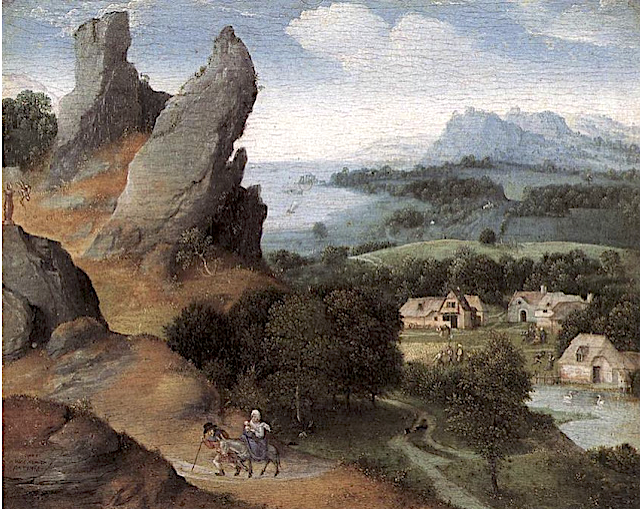Le massif du Deddou (957m)
Villa Saf Saf.
En 1919, il épouse Andrée Longueville, née à Lunéville et arrivée avec lui au Maroc. Puis, il fait sa première expédition dans le sud du pays. Il publie à son retour Carnet de route d’un peintre dans l’Atlas et l’Anti-Atlas, journal relatant son périple. Il réside alors dans un riad de la Medina, près de Bab Doukhla. Il peint le plafond de l'hôtel La Mamounia de Marrakech. En 1923 il achète un terrain en bordure de la palmeraie de Marrakech, au nord-ouest de la médina, dans le quartier de Rouidat. En 1924 il y fait construire sur des propres plans une villa, libre transposition d'une demeure traditionnelle marocaine, qu'il nomme villa Bou Saf Saf. Sur un terrain adjacent acquis en 1929, il fait construire en 1932 par le cabinet d'architectes Robert Poisson et Paul Sinoir une "villa atelier" qui rappelle le style de Le Corbusier, alternant entre le traditionnel inspiré du Maroc avec une architecture mauresque (les fenêtres et le sol), et le moderne érigé dans un style Art déco en vogue à cette époque. Au début des années 50, il y installe sa résidence avec sa nouvelle compagne; en 1954 une séparation attribue la villa Bou Saf Saf à sa première épouse, l'artiste ne conservant plus que la demeure art déco et la moitié du jardin. Il implante dans le jardin de nombreuses espèces : orangers, cocotiers, bananiers, yuccas, jasmins, bananiers, bougainvilliers, fuchsias, cactus et agaves. Il y aménage des bassins, jets d’eau, pergolas et allées. Dès 1921, il effectue un premier voyage de quatre mois dans le Haut-Atlas. En 1926, son père meurt à Nancy et Jacques poursuit son exploration de l’Atlas. Il y ferra plusieurs autres séjours ainsi que dans le sud marocain: Kasbah de Taourirt à Ouarzazate, vallée de l'Ounila, Anemiter. En 1931, il expose au pavillon marocain et à celui des Beaux-Arts de l'Exposition Coloniale Internationale. En 1937, il réalise deux toiles de très grande taille pour décorer l'Hotel de ville de Casablanca. De 1945 à 1954, il fait plusieurs voyages au Mali, en Guinée, au Sénégal et en Cote d'Ivoire.
En 1937, il peint sa villa de couleurs vives, dominées par un bleu outremer auquel il donne son nom. En 1947, il ouvre son jardin au public. En 1955, il est amputé d’un pied à la suite d'un accident de voiture. Il divorce en 1956 puis se remarie en 1961. Le 14 octobre 1962, il meurt à Paris, ville où il a été rapatrié à la suite d'une fracture du fémur. Il est inhumé à Nancy au cimetière de Préville, au côté de son père.
2024- Gravir les montagnes en peinture




%20pub.%201849%20(litho),%20Roberts,%20David%20(1796-1864)%20(after).png)
-%20Le%20Bouvier%20Et%20Son%20Troupeau%20%20(Dejbel%20Aissa)%20.png)

%20_Aden.JPG)
-%20En%20Kabylie%20.jpg)
%20-%20Djudura-%20Atlas%20Tellien%20%20Algerie%20-%20autochromelummiere%20%20anon.%20circa%201922%20%C2%A9MP.png)


-mucculla-in-abyssinia%20%20(Ethiopia)Handcolored%20aquatints%201809.king%20Geroge%20III%20topographical%20collection%20.jpeg)

%20-%20Atlas-mountains-Oukaimeden%20the-view-from-Marrakesh-1949.jpg)

